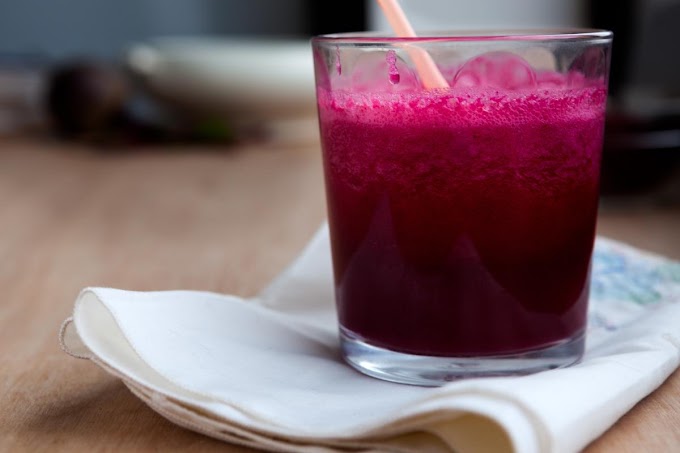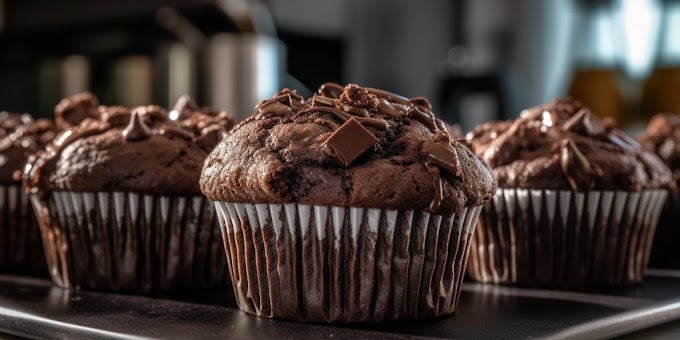What Is a Baking Stone?
A baking stone is a flat, heavy piece of ceramic or stone that is placed in the oven. Its primary function is to provide even heat distribution and absorb moisture from the pizza dough, giving you that much-desired crispy crust. Baking stones are commonly used for pizza, but they are also versatile enough for baking bread, cookies, and other baked goods.
The stone works by mimicking the traditional brick ovens that are used for pizza in pizzerias. It gets incredibly hot and holds that heat for a long period, allowing it to cook the dough quickly while maintaining the moisture in the toppings. When used correctly, a baking stone can drastically improve the quality of your homemade pizza.
Why Use a Baking Stone for Pizza?
You might wonder why you need a baking stone when you can bake pizza on a regular baking sheet. The primary advantage of using a stone is the crust it creates. Here's why a baking stone is a better option:
Crispy Crust: The stone absorbs excess moisture from the dough, creating a crispier crust that is difficult to achieve with a standard baking sheet.
Even Cooking: It distributes heat evenly across the surface of the pizza, ensuring that every bite has the same level of doneness.
Quick Cooking Time: The high heat retention of the stone reduces cooking time, helping the pizza cook faster while preventing sogginess.
If you’re serious about pizza, using a baking stone can elevate your cooking game.
How to Use a Baking Stone for Pizza: Step-by-Step Guide
Here is a detailed step-by-step guide on how to use a baking stone for the best results:
1. Preheat Your Baking Stone
The key to using a baking stone effectively is preheating it properly. Place the stone in your oven on the lowest rack. Preheat the oven to 450°F to 500°F (232°C to 260°C), depending on the type of pizza you are making. It’s important to let the stone heat up for at least 30 minutes to an hour before placing your pizza on it.
This step is crucial because if the stone isn't hot enough, the dough won’t cook properly, and you won’t get that crispy texture. The preheating allows the stone to absorb the heat, which will then transfer to your pizza.
2. Prepare Your Pizza
While your baking stone is preheating, prepare your pizza. You can use homemade dough or store-bought pizza dough, depending on your preference. Roll out your dough to your desired thickness on a piece of parchment paper or a pizza peel that has been dusted with flour or cornmeal. This prevents sticking and allows for an easier transfer onto the stone.
Add your favorite toppings, but avoid overloading the pizza. Too many toppings can make the pizza soggy and prevent the dough from cooking evenly.
3. Transfer the Pizza to the Baking Stone
Once your oven and baking stone are preheated and your pizza is ready, it’s time to transfer it to the stone. If you’re using a pizza peel, slide the pizza off onto the stone with a quick flick of the wrist. If you prepared your pizza on parchment paper, simply place the pizza along with the parchment paper onto the stone.
Be cautious when transferring the pizza because the stone will be incredibly hot. Avoid touching it directly with your hands to prevent burns.
4. Bake the Pizza
Allow the pizza to bake for 8 to 12 minutes, depending on the thickness of your crust and the toppings. You'll know the pizza is ready when the crust turns a golden brown, the cheese is bubbly, and the toppings are cooked through.
To achieve an extra crispy crust, you can use the broiler function for the last minute of cooking. This will give your pizza a slight char, similar to what you’d get from a wood-fired oven.
5. Remove the Pizza
Once your pizza is cooked to perfection, use the pizza peel to remove it from the oven. If you don’t have a peel, you can use a large spatula or a similar tool to transfer the pizza onto a cutting board.
Let the pizza cool for a few minutes before slicing it. Cutting into it too early can cause the toppings to slide off, as they will still be extremely hot.
6. Cleaning the Baking Stone
After your pizza is done, you’ll need to clean the baking stone. Wait until the stone has completely cooled down before handling it, as sudden temperature changes can cause it to crack.
Avoid using soap or detergent on the stone, as it can absorb into the porous surface and affect the flavor of future pizzas. Instead, use a brush or a spatula to scrape off any leftover bits of dough or toppings. If there are stubborn stains, you can use adamp cloth to wipe them off
Over time, the stone will develop a natural seasoning, which will improve the flavor and prevent sticking. A well-seasoned stone will darken with use, which is completely normal.
Tips for Getting the Best Results
To ensure that your pizzas turn out perfectly every time, here are some additional tips to keep in mind:
Use High-Quality Dough: Whether homemade or store-bought, using high-quality dough can make a significant difference in the taste and texture of your pizza.
Avoid Overloading the Pizza: Too many toppings can make your pizza soggy and prevent even cooking.
Let the Stone Cool Gradually: After baking, allow your stone to cool inside the oven to avoid sudden temperature changes that could cause cracks.
Use a Pizza Peel: A pizza peel makes transferring your pizza to and from the stone much easier and prevents burns.
Alternatives to a Baking Stone
If you don’t have a baking stone, you can still achieve good results using a few alternatives:
Inverted Baking Sheet: If you don’t have a stone, place a baking sheet upside down in the oven while it preheats. The metal will hold heat well and can give you a crispy crust, though not as effectively as a stone.
Cast Iron Skillet: A cast iron skillet can also be used as a makeshift pizza stone. Preheat the skillet in the oven and place your pizza inside.
Conclusion
Using a baking stone for pizza is a game-changer for any home cook. It helps you achieve a crispy, evenly cooked crust that rivals those from your favorite pizzerias. With the right preparation, your stone will last for years and provide you with countless delicious pizzas. Whether you’re a seasoned pizza maker or just starting out, a baking stone is a worthwhile investment for improving your homemade pizza game.








Social Plugin